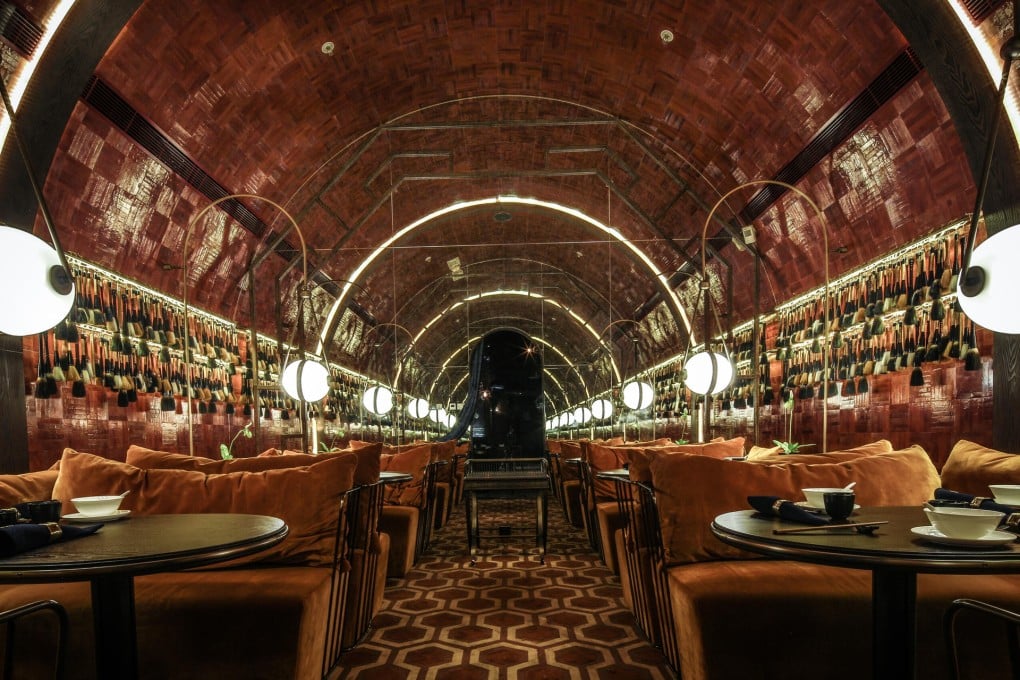Rising Hong Kong star Joyce Wang flies flag for small studios
Hers has been a steep learning curve but the 31-year-old designer says her hands-on approach to projects makes the work fun

The practice of architecture is particularly challenging for young graduates. When even the most modest projects cost a great deal of money, it is rare to find clients willing to invest in an unknown talent.
That makes it even more impressive that in just five years, interior designer Joyce Wang, 31, has gone from her first project redesigning the cabanas of one of the most famous hotels in Los Angeles to launching her own furniture collection and delivering some of the most innovative interiors in Hong Kong and Shanghai. In between, Wang has also found time to marry and start a family: her son, Wolf Vigo, was born early this year.
Wang won the prestigious Hollywood Roosevelt Hotel project because of her quiet determination and commitment to delivering a thoughtful design blending aesthetics and efficiency within an authentically retro narrative.
"We were hungry, persistent and responsive," says Wang. "And because it was the only project we had, every time [the client] met with us he saw the same people."
When unveiled in 2011, the project, which took two years to complete, placed Wang firmly on the hot list of rising designers. In the same year she returned to Hong Kong to establish her eponymous studio in Wan Chai.